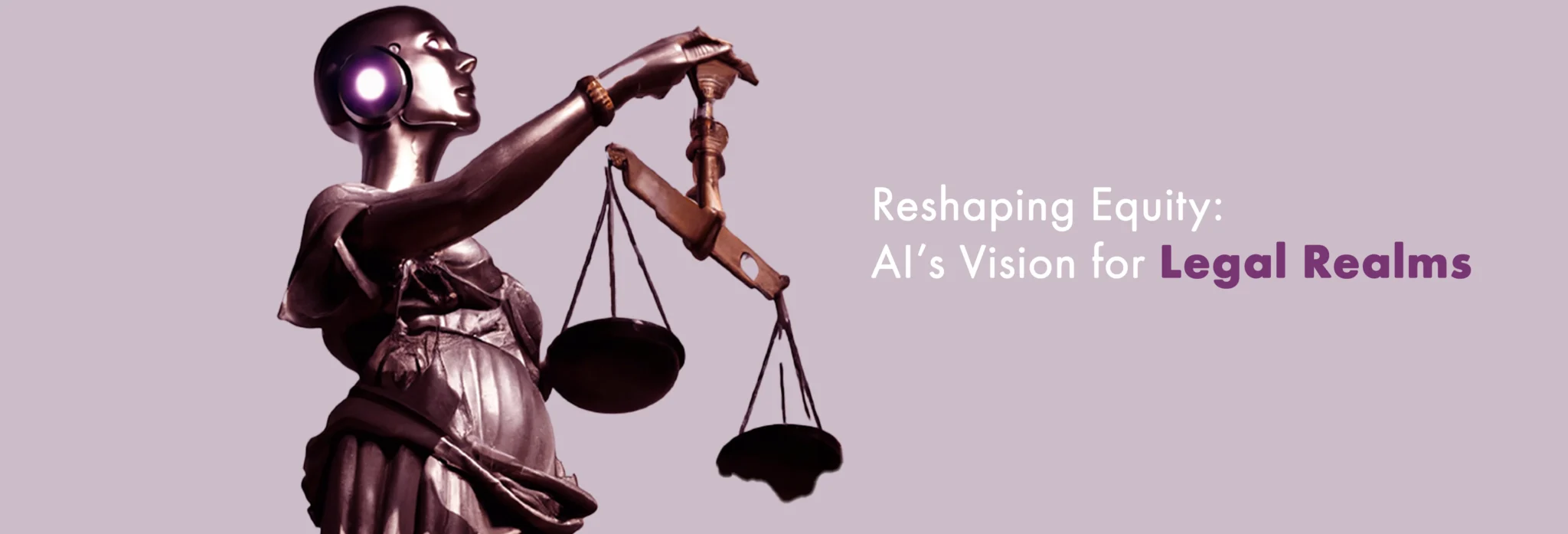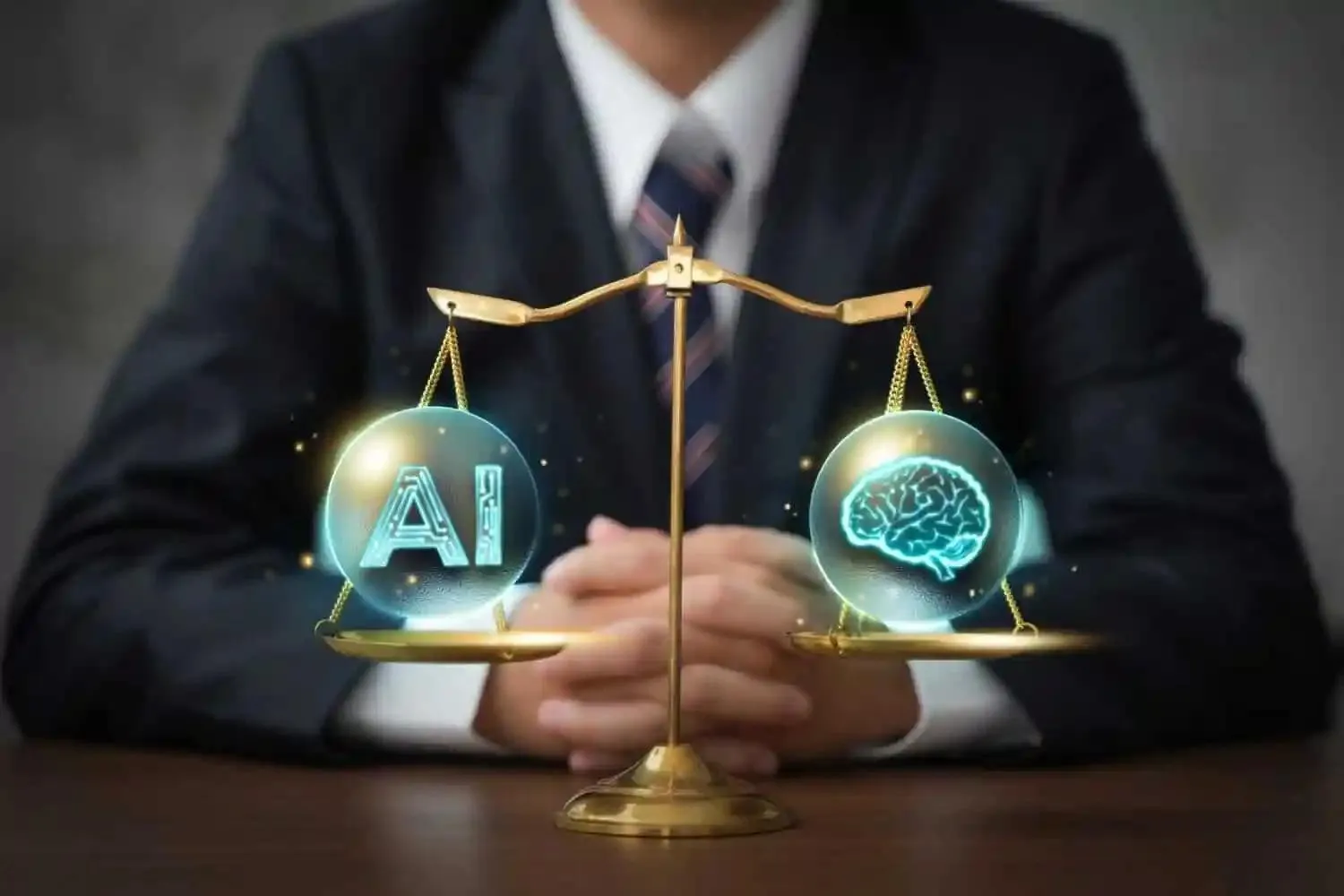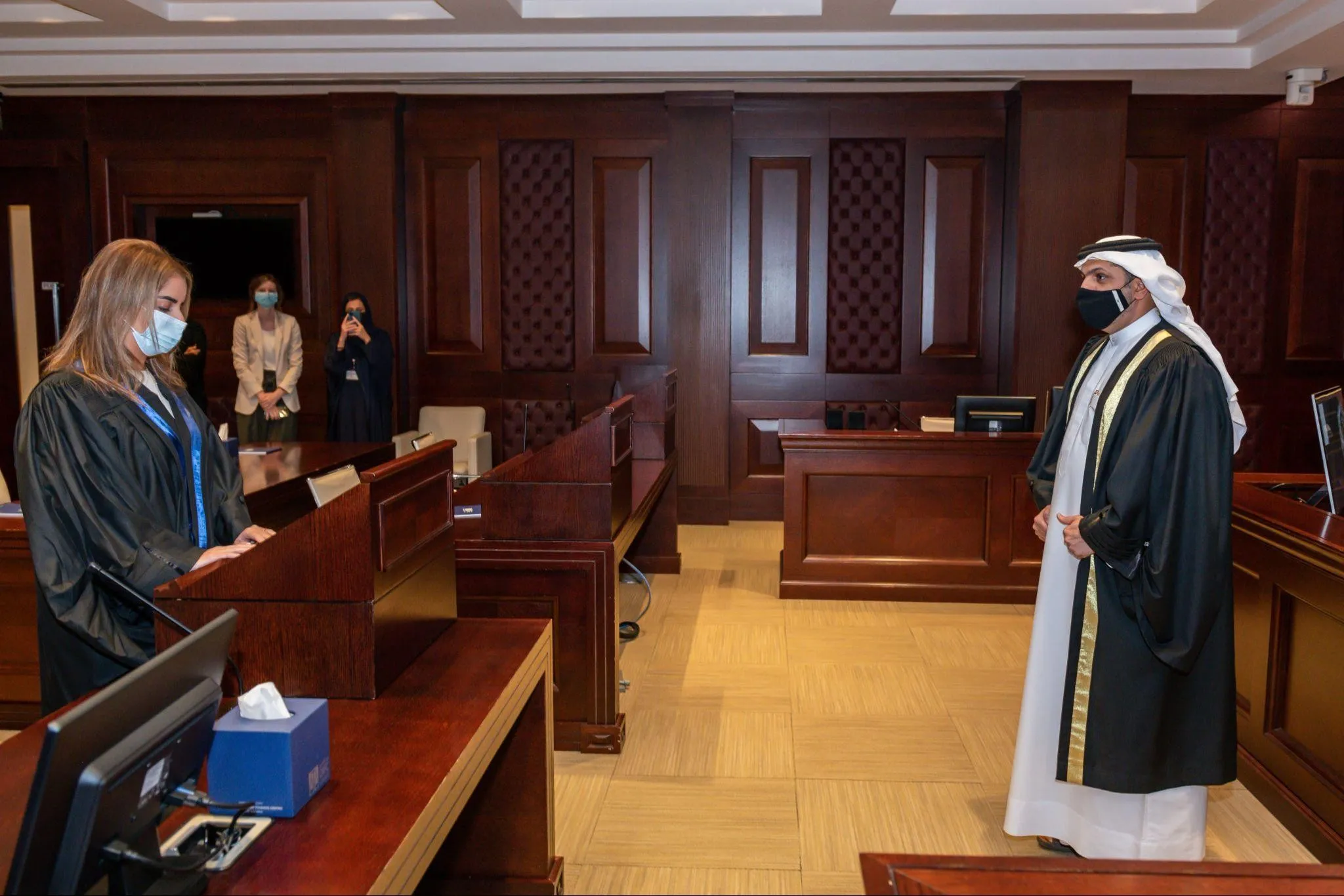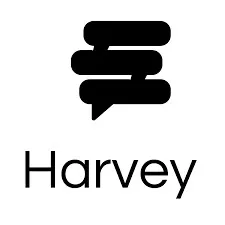

By: Asal Taheri
In a groundbreaking leap, the United Arab Emirates (UAE) is set to become the first nation to harness artificial intelligence (AI) for drafting and revising laws, redefining the intersection of technology and governance. Driven by its ambition to lead the global AI economy by 2031, the UAE has launched the Regulatory Intelligence Office, established in April 2025, to spearhead this visionary initiative. By leveraging AI to analyze vast datasets of laws, court rulings, and public services, the system promises to slash legislative timelines by up to 70% and costs by 50%, according to Sheikh Mohammed bin Rashid Al Maktoum, UAE Vice President and Ruler of
Dubai. This bold move, blending big data analytics with real-time legislative mapping, not only showcases AI’s transformative potential in lawmaking but also sets a global benchmark for innovation in legal systems.
The UAE is not replacing humans but enhancing their work, as AI handles repetitive tasks like legal research and drafting. In contrast, human experts provide oversight to ensure cultural and ethical alignment. The system employs natural language processing and machine learning to spot inconsistencies and propose clear, compliant legislation, fostering trust through transparency and human-in-the-loop frameworks. However, critics warn of risks like bias or misinterpretation. This bold experiment prompts a profound question: Can AI craft just laws, or will human judgment remain indispensable?

AI’s Role in the Legal System
Artificial intelligence is revolutionizing the legal system worldwide, automating tasks and enhancing precision across courtrooms, law firms, and legislative processes. The global legal tech market, projected to reach $35.6 billion by 2027 with a 9.8% annual growth rate, underscores AI’s transformative impact. Tools like Clio’s AI transcription convert courtroom testimony into searchable text, reducing U.S. federal court stenographer costs by 30%, saving $2 million annually, while NLP-driven systems extract key data from legal texts, slashing analysis time by up to 50%.
Beyond courtrooms, AI streamlines contract management and legal research. Platforms like Clearlaw use NLP to analyze contracts, identifying risks and ensuring compliance 40% faster than manual reviews. In 2023, Singapore’s law firms adopted AI to extract terms, penalties, and termination clauses from contracts, reducing errors by 25%. “AI frees lawyers for strategic work,” says legal tech expert Joshua Lenon, emphasizing its role in automating repetitive tasks.

AI also powers predictive analytics in legal outcomes. Algorithms trained on historical case data, used in Germany’s Frankfurt District Court, forecast rulings with 80% accuracy, per a 2024 Thomson Reuters study, aiding judges and lawyers in strategy. AI’s data-driven predictions cut research costs by 30% but require human oversight to ensure fairness.
Missteps reveal AI’s limits. In 2023, a U.S. lawyer was fined $5,000 for citing fake ChatGPT-generated cases, and in 2024, UK courts rejected AI-crafted appeal documents, fining the submitter £225,000. Harvard’s David Wilkins calls AI a “double-edged sword,” urging vigilance. From drafting contracts to predicting verdicts, AI’s speed and scale are undeniable, but its ethical challenges demand careful navigation.
AI’s Legislative Promise
Using AI to draft laws offers transformative benefits, streamlining legislative processes with unprecedented efficiency. A 2024 Thomson Reuters report estimates AI can draft laws 70% faster, saving governments up to 50% in drafting costs—potentially billions annually for large economies. Historical experiments, like the EU’s 2020 AI-assisted drafting of GDPR compliance guidelines, showed 40% fewer inconsistencies compared to human drafts. AI’s ability to analyze millions of statutes and public feedback via sentiment analysis, embraced by 85% of legal professionals per LexisNexis 2023, enables responsive laws that reflect societal needs. “AI can craft precise, adaptable legislation,” says legal tech expert Joshua Lenon, pointing to its potential to empower resource-scarce nations with robust legal frameworks.
The Risks of AI-Drafted Laws
Despite its promise, AI-driven lawmaking carries significant risks that threaten justice and democracy. The 2016 ProPublica study of the COMPAS algorithm revealed how AI can perpetuate biases, with Black defendants misjudged 77% more often; similar flaws in legal datasets could embed inequities in AI-drafted laws. In 2023, Singapore’s trial of ChatGPT for drafting produced fictitious citations, undermining trust. A 2024 UNESCO report warns that opaque AI systems risk eroding the rule of law, with 60% of surveyed experts citing accountability gaps. “AI lacks the moral compass humans bring,” notes a California trial lawyer, highlighting its inability to navigate cultural nuances. Overreliance could also stifle parliamentary debate, as seen in early AI trials where human input dropped 30%, per a 2024 EU study, jeopardizing fears of diminished democratic legitimacy.
AI’s Dual Impact on Employment
Will artificial intelligence supplement human lawyers, or will it carve new paths for legal expertise? AI is transforming the profession by demanding novel skill sets and birthing specialized roles, reshaping the contours of legal practice. A 2024 survey projects a 30% surge in demand for lawyers versed in AI governance by 2032, with 12% of 2024 hires at global firms like Allen & Overy focusing on tech-law niches, per Legal Business. “AI is a catalyst, not a conqueror,” asserts Professor Anupam Chander of Georgetown Law, highlighting opportunities in AI compliance and data privacy law. Yet, the transition strains traditional practitioners, as 25% of law firms report reskilling challenges, per a 2024 study, signaling a pressing need to adapt to this dynamic paradigm.
AI in MENA’s Justice System
Across the Middle East and North Africa, nations beyond the UAE are harnessing artificial intelligence to modernize their justice and legal systems. Saudi Arabia’s Vision 2030 initiative integrated AI-driven case management in Riyadh’s commercial courts, reducing case backlog by 35%. Watar’s 2024 National AI Strategy deployed NLP tools in Doha’s family courts to streamline document analysis, cutting processing times by 20%.
Additionally, Egypt’s 2022 Justice Digitization Project piloted AI for legal research in Cairo’s administrative courts, with 15% error reduction, though 40% of judges expressed bias concerns. “AI is reshaping our courts, but trust is paramount,” says Dr. Fatima Al-Kaabi, a Qatari legal scholar. Future plans abound: Jordan aims to launch AI-assisted sentencing guidelines by 2027, and Bahrain targets AI-enhanced dispute resolution by 2028, signaling a region-wide push for efficiency tempered by cautious oversight.
Envisioning a World of AI-Crafted Laws
Could most countries soon rely on artificial intelligence (AI) to draft their laws? With 24 jurisdictions, including the EU, shaping AI governance frameworks like the 2024 EU AI Act, the foundation exists. By 2030, legal tech forecasts suggest 40% of nations could experiment with AI for legislative drafting, driven by its ability to process millions of statutes instantly. The shift is gaining traction. AI’s speed—drafting laws 70% fewer inconsistencies compared to human drafts. “AI can keep pace with our accelerating world,” says legal tech expert Joshua Lenon, noting its potential to standardize legal texts globally.
Yet, adoption hinges on trust. Early trials, like those in Singapore, exposed AI’s flaws, such as generating fake citations in 2023. A 2024 UNESCO report stresses that transparent algorithms are vital for legitimacy. By 2035, widespread use could emerge if human oversight ensures ethical alignment. Full global adoption remains distant. Cultural and political diversity demands tailored AI systems, a challenge for resource-constrained nations. Still, with 85% of legal professionals eyeing AI-driven skills, per LexisNexis 2023, the question is not if, but when, AI will shape the laws governing our world.
Premier AI Tools for Justice
Application | Description | Pros | Cons |
Cilo | Provides AI-powered transcription (e.g., Clio Duo) to convert courtroom testimony into searchable text and supports document management for law firms. Used in U.S. federal courts to reduce stenographer workload. | – Saves 30% in stenographer costs, equating to $2M annually in U.S. courts. | – Risk of transcription errors in multilingual settings, per 2023 UNESCO report. |
ClearLaw | Uses natural language processing (NLP) to analyze contracts, identifying risks, terms, penalties, and compliance issues. Adopted in Singapore law firms for faster contract reviews. | – Reduces contract review time by 40% compared to manual processes. | – Limited to contract analysis, not suitable for broader legal drafting. |
Casetext (CARA, CoCounsel) | CARA evaluates briefs and finds relevant case law; CoCounsel assists with research and document analysis. Used by judges and lawyers for efficient legal research. | – Trusted by 72% of legal professionals for admin tasks, per 2024 Thomson Reuters. | – High subscription costs may exclude smaller firms. |
Harvey AI | AI-powered legal research and analysis tool built on OpenAI’s GPT, tailored for case law, contract review, and due diligence. Used by over 15,000 law firms globally for complex legal tasks. | – Processes up to 75,000 words for comprehensive document analysis. | – High costs limit access for smaller firms, creating a “two-tiered system.” |
ROSS Intelligence | NLP-based legal research tool that retrieves relevant case law and studies, optimizing searches for lawyers. Pioneered AI-driven research in the U.S. legal market. | – Cuts research time by 30%, per the 2019 Algorithm-X Lab report. | – Ceased operations in 2021 due to legal disputes with Thomson Reuters. |















Artificial intelligence is becoming integrated into all aspects of human life, and it will undoubtedly play a major role in improving and supporting legal systems.
Scary to think that AI may become judge, jury, and executioner